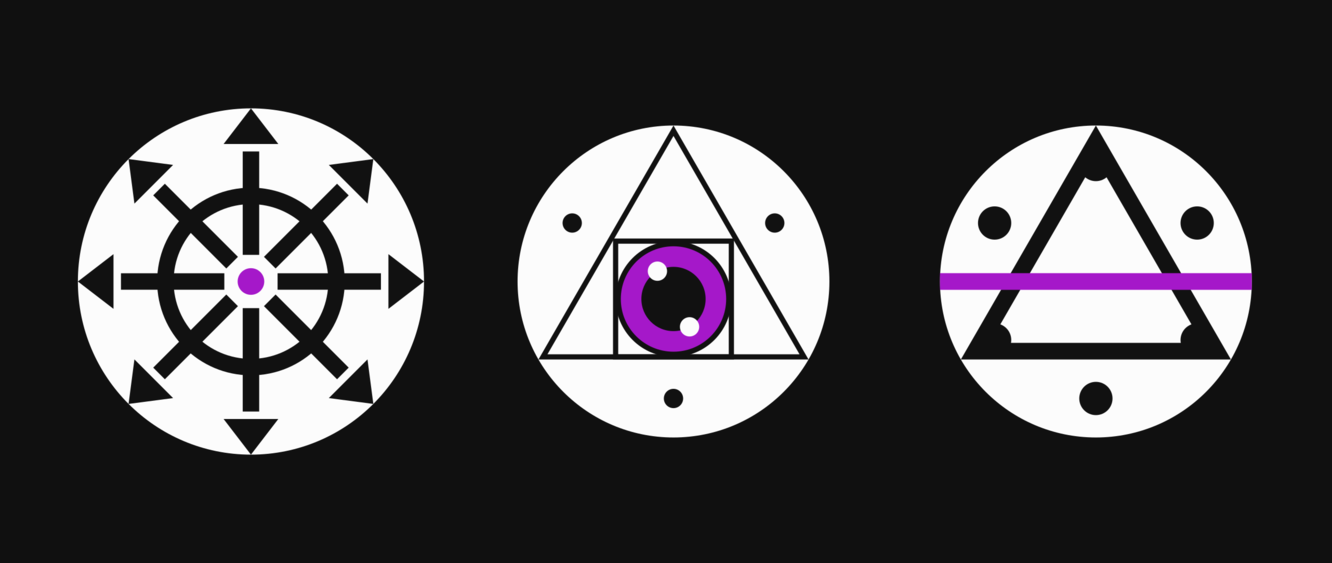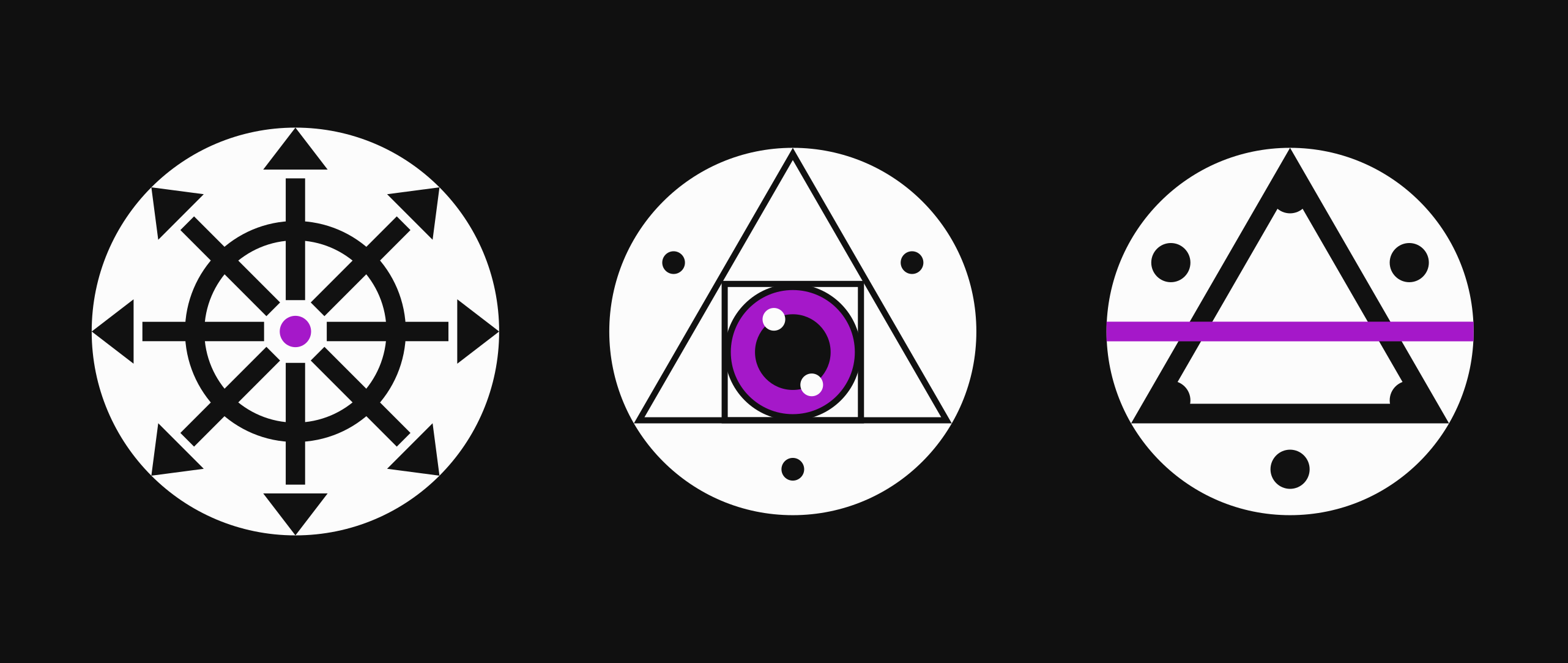
If our civilization collapses, extraterrestrial archeologists can look at this and be impressed. Three satellites following the Earth in an equilateral triangle, each 2.5 million kilometers from the other two. Each contains two gold cubes in free-fall. The satellites accelerate just enough so they don't get blown off course by the solar wind. The gold cubes inside feel nothing but gravity.
Lasers bounce between each cube and its partner in another satellite, measuring the distance between them to an accuracy of 20 picometers: less than the diameter of a helium atom! This lets the satellites detect gravitational waves — ripples in the curvature of spacetime — with very long wavelengths, and correspondingly low frequencies.
It should see so many binary white dwarfs, neutron stars and black holes in the Milky Way that these will be nothing but foreground noise. More excitingly, it should see mergers of supermassive black holes at the centers of galaxies as far as... the dawn of time, or whenever such black holes were first formed. (The farther you look, the older things you see.)
It may even be able to see the "gravitational background radiation": the thrumming vibrations in the fabric of spacetime left over from the Big Bang. These gravitational waves were created before the hot gas in the Universe cooled down enough to become transparent to light. So they're older than the microwave background radiation, which is the oldest thing we see now.
It's called LISA - the Laser Interferometric Satellite Antenna. And we're in luck: ESA has just decided to launch it in 2035.
Dear #Fediverse
We are funding accessibility infrastructure on Linux.
We are focusing on issues and regressions related to Wayland and Flatpak.
Please share your feedback and ideas, even if you're not sure if it's in scope.
#Linux #desktop #accessibility #Wayland #Flatpak #FOSS #GNOME #KDE #freedesktop #a11y
I'm considering getting myself a new computer to replace my #SteamDeck.
It seems the GPD Win 4 finally has decent #linux support via #ChimeraOS and I saw someone on Reddit got the GSM module working so I could potentially replace my phone with it. The smaller form factor wouls be great for when I'm walking around witg my head mounted display.
Hmm, after testing the raw Phi 2 within LM Studio instead of the examples provided by HuggingFace candle, I think it's actually pretty decent after all.
Specifically I got phi 2 Q4_K_S gguf working from TheBloke.
Can't get that model running with candle since it can't seem to load the model weight.
Having tested a bunch of #OpenSource #LLM projects, I gotta say that OpenHermes 2.5 is the most helpful out of the ones I can run locally.
I recently wasted a bunch of time getting Phi-2 to do some summarization work, and it just couldn't stay focused for more than a sentence or two.
Woot, I have finally written enough #rust code to be unable to avoid the lifetime specifications / borrow checker stuff.
K. I swallowed my pride and gave up on trying to run all my build tools as "close to the metal" as possible. I'm now going to pretend I'm in an Ubuntu environment via distrobox :P
Ugh C++ dependencies bring me so much pain. I'd take a hundred weird react-native version mismatches over rustc being unable to find OpenSSL for a library I didn't think would even need rustc in the first place. This is not an invitation to help because my setup is far far away from the happy path of debugging.
You know, I reckon it might help reverse Firefox's declining marketshare at very little effort for Mozilla to implement a feedreader into Firefox, & run an advertising blitz advocating how much calmer this "new" way of reading the web is!
They'd get some eyerolls, & some may find it suspicious how broadly supported it'd be out of the gate...
But since they're rightly concerned about their declining marketshare, this'd be a cheap & hugely beneficial thing to try!
Hey folks! We have a new round of tutorials and example apps out as well as updated `hyper://` docs. Read more on our blog: https://agregore.mauve.moe/blog/2023/12/demos-and-tutorials-second-round
- Pronouns
- they/them/it
- mauve+fedi@mauve.moe
- Matrix
- @mauve:mauve.moe
- Github/Gitlab/Discord
- @RangerMauve
Occult Enby that's making local-first software with peer to peer protocols, mesh networks, and the web.
Yap with me and send me cool links relating to my interests. 👍
